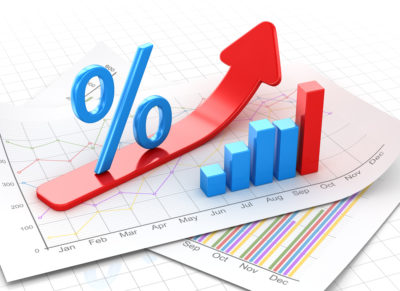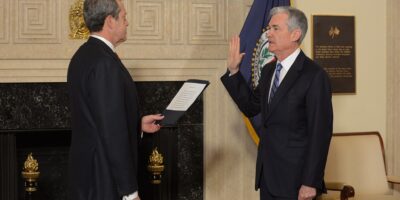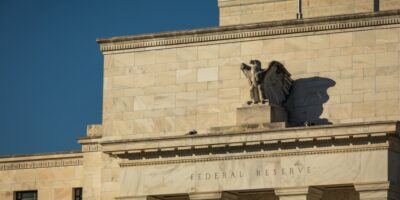What interest rates really are and what happens when governments change them
This piece originally appeared in Learn Liberty
By Nicolás Cachanosky
When you pay interest, what are you paying for?
The first thing to clarify is what an interest rate is not. It is sometimes said by followers of John Maynard Keynes that the interest rate is “the price of money.” This should be said as clearly as possible: An interest rate is not the price of money.
We can see this with an easy example. Assume that Smith lends 10 apples to Green in exchange for receiving 11 apples one year from now. It is clear that this is a loan agreement. It is also clear that the interest rate is 10%. However, there is no money involved.
Would you say that because this loan takes place with apples then the interest rate is the price of apples? Probably not.
In fact, interest rates are not even a monetary phenomenon. The apple-loan example could easily have taken place in a premonetary economy. This means that interest rates can exist before money does.
The Price of Money and the Price of Time
So, what is the price of money — and what are interest rates? First, the price of money, like the price of any good, is what an individual has to pay to buy money. When you go to your local coffee shop to get a coffee, you buy the coffee by giving money to the coffee shop. In that same transaction the coffee shop is buying money by selling coffee.
To sell goods is to buy money. And when we buy a good we are selling money to the store.
What then is an interest rate? We’ve already learned that an interest rate isn’t the price of money. Instead, an interest rate is the price of time.
Consider again the apples example above where Green borrows 10 apples from Smith and has to return 11 apples a year later. If the loan were for more than 1 year, Green would probably have to return more than 11 apples.
If you want me to lend you 100 dollars I could spend today, then you will have to give me back more than 100 dollars. How much more? That will depend on how impatient I am with regards to what I want to buy today with that $100. Just like the exchange of goods in the market determines the prices of goods, the exchange of time in the market determines the interest rates.
Getting Interest Rates Wrong
Where does the idea that the interest rate is the price of money come from? We can point to two sources. First, through Keynes’s influence — as wrong as Keynes was on this issue, his idea has been translated into economic models and many textbooks.
Second, we cannot put time into a box and exchange it as we do with any other good, and so we cannot see time exchanged directly. This means that to make a time transaction we need the aid of another good. The most convenient good to use is the most commonly used good in the market, and that is money. That is why when you go to a bank they lend you dollars, not apples. Loans are done with money because it is convenient, not because interest rates are the price of money.
Pizzas and Houses
Now that we know that the interest rate is the price of time, we can say something about the effects of tampering with interest rates. Consider the most common case, which is when a central bank pushes the interest rate down. From the consumer point of view, the incentives to save are reduced. There is an increase in consumption at the expense of investment. This is because now the price to postpone consumption has been reduced.
From the producer point of view, the cost of time has decreased. This is important, because producing goods requires time. To produce a pizza you need capital goods (an oven), intermediate goods (the cheese, etc.) and also time (20 minutes or so). But now time has a lower relative price with respect to other intermediate and final goods. This means that producers all across the economy are willing to use more time than they should in their production processes.
New investment takes place in activities that take too long — more than they should at equilibrium. This is a misallocation of resources across time that can build serious imbalances not only into the real economy, but also in the financial markets where most of the time transactions take place.
If in addition to the increase in credit there is a government regulation that channels most of the credit creation towards a specific market then a bubble might be created in that particular market. This, in a nutshell, is what produced the housing bubble and the subprime crisis in 2007–08.
Because interest rates govern how resources are allocated in production across the whole economy, a mismanagement of their levels by a central bank can have very serious consequences for all of us.









